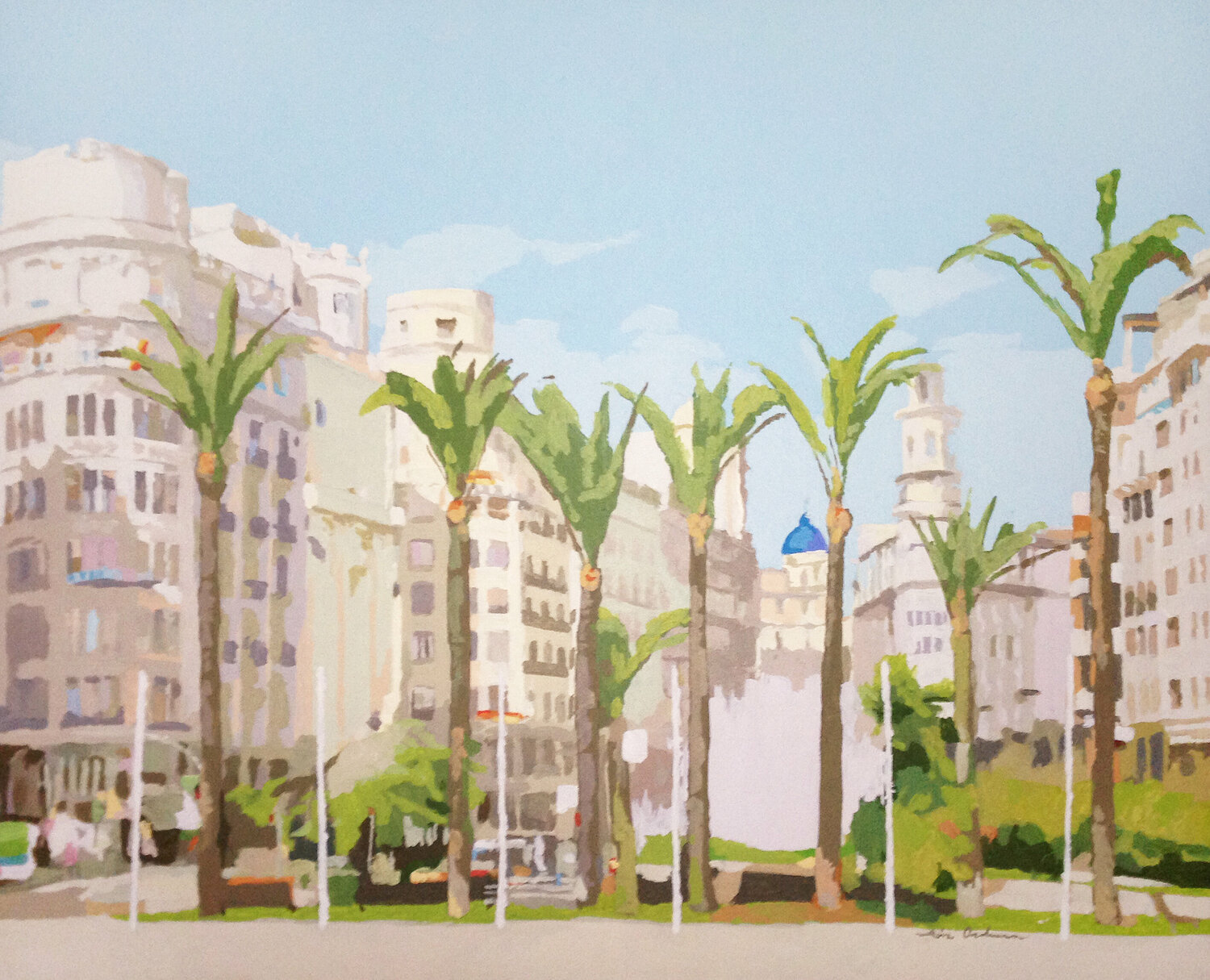Creative Ways to Paint Memories: Unique Techniques and Ideas
For professional photographers, capturing a moment is just the beginning. The challenge lies in transforming those moments into lasting memories. One intriguing approach that has gained traction is the use of creative ways to paint memories. This technique not only preserves a memory but also adds a layer of artistic expression that resonates with the viewer.
Understanding how to paint memories can elevate your work from mere documentation to art. It involves using colors, brush strokes, and textures to evoke the emotions felt during that captured moment. This method is not just about painting a scene; it's about capturing the essence of the memory itself.

The Art of Memory Painting
Memory painting is an art form that combines the precision of photography with the fluidity and emotion of painting. By blending these two mediums, photographers can create pieces that are deeply personal and artistically innovative.
One of the most creative ways to paint memories is by using a technique known as 'emotional color mapping.' This involves assigning specific colors to the emotions felt during the captured moment. For example, warm colors like reds and oranges might be used to signify passion or excitement, while cool colors like blues and greens could represent calmness or nostalgia.
Incorporating Personal Experiences
To truly make a memory painting resonate, it's crucial to incorporate personal experiences. This can be achieved by adding elements that are unique to the subject of the photograph. For instance, if the photograph was taken during a memorable travel experience, incorporating elements such as local architecture or cultural symbols can add depth and context to the painting.
Photographers can draw inspiration from articles like art inspired by emotional travel moments, which provides insights into how travel experiences can influence artistic expression.
Experimenting with Techniques
Experimentation is key to finding creative ways to paint memories. Techniques such as layering, texturing, and incorporating mixed media can add unique elements to your work. Layering involves building up the paint in various sections of the canvas to create depth and dimension. Texturing can be achieved through the use of palette knives or by adding materials such as sand or fabric to the paint.
Exploring different techniques can lead to unexpected results and open up new avenues for artistic expression. As highlighted in choosing color palettes for large art, the right combination of colors and techniques can transform a simple photograph into a captivating piece of art.
Adding a Narrative
Every photograph tells a story, and painting memories can help elaborate on that narrative. By incorporating elements that were not present in the original photo, such as imagined backgrounds or additional characters, the painting can offer a new perspective. This narrative approach adds a layer of intrigue and invites viewers to engage with the artwork on a deeper level.
For those seeking inspiration, the article on travel memory-inspired murals provides excellent examples of how narratives can be woven into artistic creations.

Getting Inspired by Others
It's always beneficial to look at the work of other artists for inspiration. Websites like Artsy and Tripscholars offer a plethora of examples where travel and personal experiences have been transformed into stunning pieces of art.
FAQ
What are some tools needed for memory painting?
Basic tools include brushes of various sizes, a palette for mixing colors, canvas, and acrylic or oil paints. Some artists also incorporate digital tools for initial sketches.
How can I ensure my painting captures the essence of the memory?
Focus on the emotions you felt during the moment and try to convey them through color and brushwork. It's also helpful to revisit the location or review the photographs to bring back the emotions associated with the memory.
Can memory painting be done digitally?
Yes, many artists use digital platforms to create memory paintings. Digital tools offer the flexibility to experiment with different techniques without the permanence of traditional mediums.

